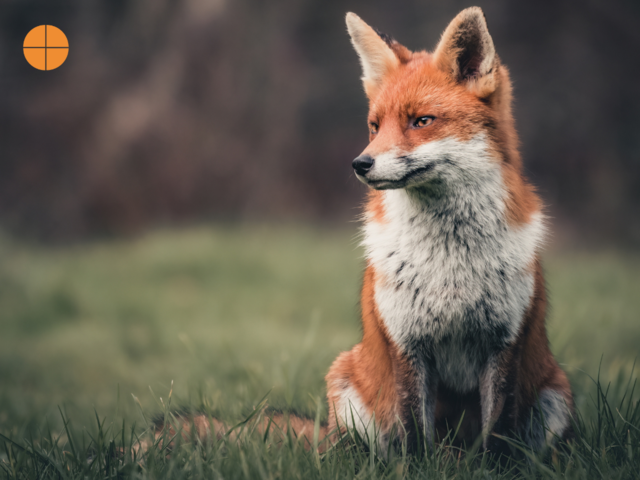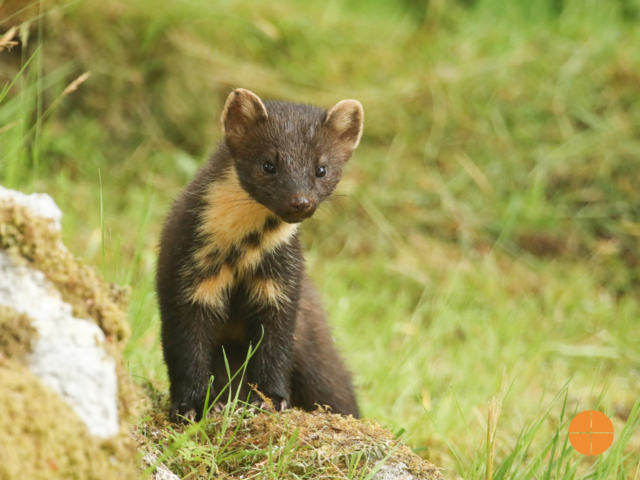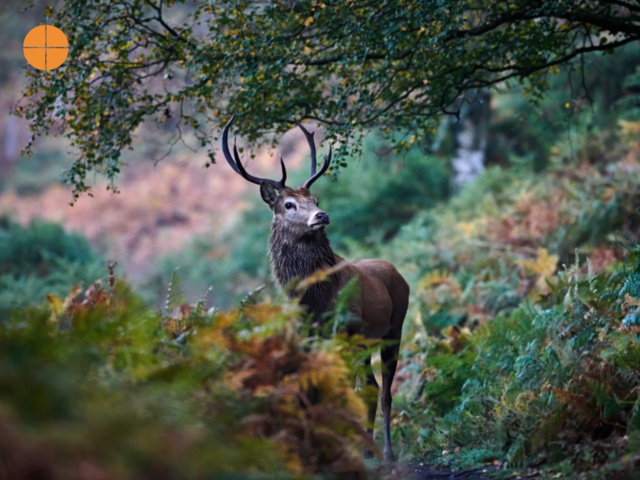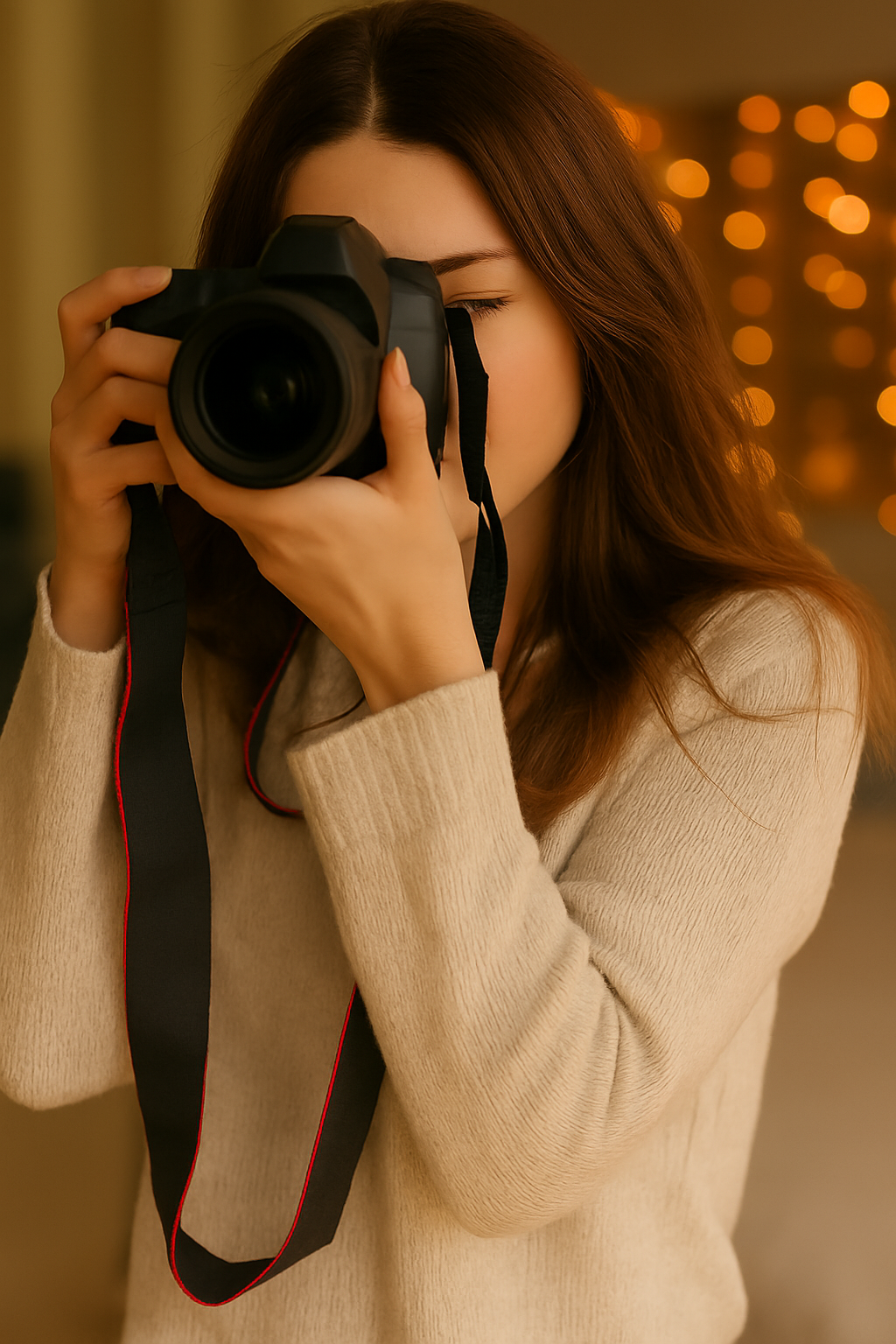Wildlife photography is a beautiful art form that allows us to catch a glimpse inside the fascinating world of animals in their natural environment. It's a genre that needs a combination of technical expertise, patience, and a genuine love of nature. In this article we will delve into the art of wildlife photography, providing insights, ideas, and strategies to help you produce breathtaking photographs of the animal kingdom.

Essential equipment
Wildlife by definition lives in the wild meaning it is generally evasive, illusive and a photographer only has a fleeting opportunity to capture that magic moment. Therefore, it is essential to arrive prepared and armed with the correct equipment.
To bring those distant creatures closer, invest in a DSLR or mirrorless camera with a telephoto lens. A focal length of 200mm to 400mm or longer, is suitable for photographing wildlife from a safe distance without disrupting their natural activities. To improve your photography experience try taking a robust tripod, and always pack additional batteries, memory cards, and lens filters.
Research and planning
A photographer will almost never simply arrive out in the wild and suddenly find the perfect shot. Wildlife photography involves thorough research and planning.
First learn as much as you can about the behaviour and environment of the creatures you want to photograph. Become familiar with their routines, feeding habits, and favoured settings. Local wildlife sanctuaries, national parks, and nature reserves are great places to get to grips with the nature of studying wild animals. To maximise your chances of taking interesting photographs, research during the optimal time of day, seasons, and weather conditions.
Patience and perseverance
Prepare to spend many hours observing and anticipating the ideal moment. Animals operate on their own timetables and may not always cooperate. Accept the uncertainty and use the downtime to appreciate the natural beauty around you. Find stillness in nature and always maintain a safe distance from the wildlife. You must not grow impatient and feel the urge to provoke a response from the animals. It is unethical and unprofessional to disrupt their natural behavioural patterns. Remember, you are a visitor in their habitat.

Composition and framing
As in any genre or style of photography, composition is extremely important in wildlife photography. Even though at times, the moment to capture the shot is gone in a blink, it is still important to adopt the rule of thirds, leading lines, and framing strategies. To add depth and context to your images, consider the background and foreground aspects. Experiment with various angles and views to capture new perspectives to underline the relevance of the animal's surroundings.
Capturing behaviour and emotion
The reason people are fascinated with wildlife photography is because it is a rare opportunity to pull back the curtain on the natural world and witness the behaviour of wild animals in their home. Take the time to examine their interactions, movements and facial expressions.
These ephemeral moments in time can tell dramatic stories of love and pain. From the grace and elegance of a predator's hunt to the intimate moments between a mother and her young. But be patient, these breakthrough opportunities require patience and a keen eye.
Lighting and exposure
The long hours spent waiting for that special moment will also include the shift from day to night. Learn how best to manage the changing light through lighting and exposure. Your exposure settings will ensure that the subject is appropriately exposed while maintaining details in the highlights and shadows. For difficult lighting settings, use exposure compensation and spot metering. During the golden hours of sunrise and sunset, soft, diffused light can create a pleasant and atmospheric ambience.

Ethical wildlife photography
Responsible wildlife photography will always prioritise animal welfare and conservation. Always put the animals' well-being first. It is more important than a photograph. Avoid approaching them too closely thus disrupting their natural behaviour. Do not enter prohibited regions, they are prohibited for a reason. Learn about local wildlife photography restrictions and guidelines and make a point of being environmentally conscious. Leave no trace that you were there and respect the habitats of the creatures you shoot.
Developing your wildlife photography skills
Wildlife photography, like any other art form, involves constant improvement through practice and openness to learning. Spend some time experimenting and exploring as this will uncover new approaches thus enhancing your skills. For inspiration and insights, look at the work of prominent wildlife photographers and attend workshops or join photography groups. Don't let missed shots or technical difficulties discourage you; perseverance and devotion will lead to growth and improvement.
Wildlife photography provides a stunning window into the natural world, allowing us to appreciate and protect wildlife's diverse beauty. You can embark on your own wildlife photography expeditions and take amazing photographs that can both evoke wonder and motivate conservation initiatives. Keep brushing up on the skills, equipment, and ethics of this art form.
Are you ready to let your imagination run wild and capture the beauty of the world via photography? Explore our photography courses and learn more about where your path may lead you.

